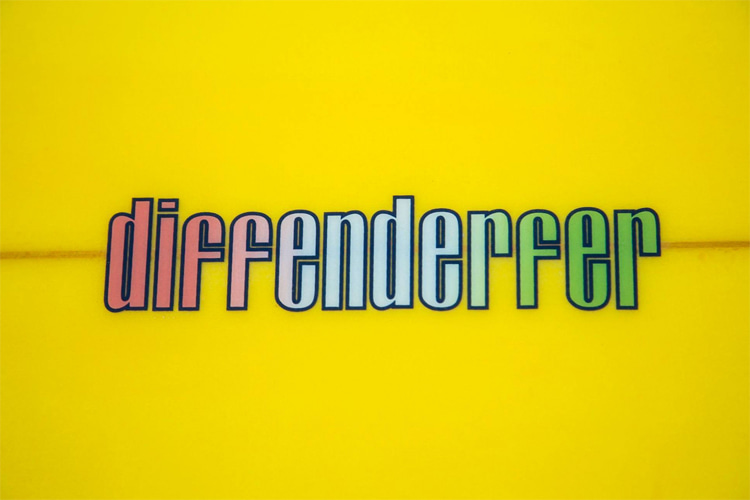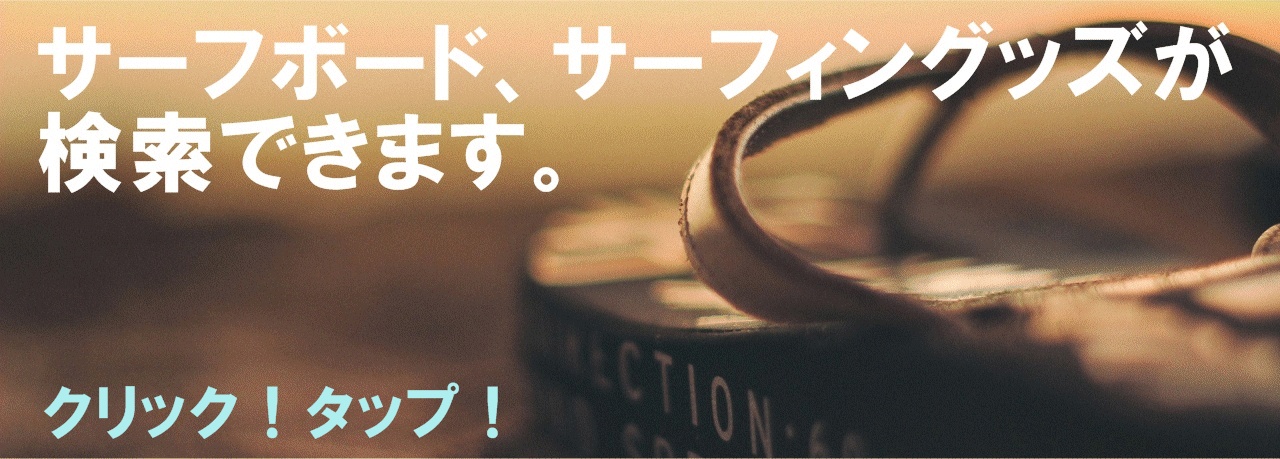‘Shaped by Michael Diffenderfer’: the story of a very unique 1970s surfboard

I showed up on the North Shore of Oahu, Hawaii, in September 1987. To be exact, on September 3.
I had lived in the Islands, California, and Mexico since I was 16. It wasn’t my first time visiting the North Shore, but it would be the first time I would live there.
I ended up staying in the shack behind Jocko’s mom’s house.
Jocko was one of the greatest surfing legends who ever glided his surfboard down a big wave.
The Brazilian who usually rented the shack had family troubles and couldn’t make it that year, and I was lucky enough to snag it.
The Oliphants, Alec “Ace Cool” Cooke, and his wife Amanda were also there.
There were two Doberman guard dogs on the property that were like the two on the TV show “Magnum P.I.” so well trained they could be your best pal with one command or attack you, instead, with a different command.
Lovely animals.
I had an 8’3” Mike Diffenderfer single-fin surfboard I brought with me.
It was a thick California gun shape that I had bought in a surf shop in San Diego before I left. It was too thick for bigger North Shore waves but worked well at six feet and under.

“You Ride Diffenderfer Boards?”
Shortly after I got settled in, I bought a car in Honolulu on the other side of the island.
I took the island bus straight to the auto dealerships and looked for the best car that suited my purpose, i.e., to carry me to the waves as cheaply as possible.
It was a rusted Mercury Cougar, an early 1980s model, with an electric sunroof and old strap surf racks. It was what I’d call a “way cool” car.
On my first time at the Foodland store near my new home, in my badass rusted Mercury, with my Diff on top, I came out of the store with a full bag of groceries to hear this loud tapping sound reverberating through the parking lot.
I saw this big dude standing next to my car, banging on my board with a wooden cane.
I’m shocked. “What the heck? What the hell are you doing?” I asked him.
This guy banging on my board is tall and much older than me. He had stringy, long gray hair and a long gray beard.
“Is this your board?” he asked in a deep, gruff voice.
“Yeah, it’s mine.”
“You ride Diffenderfer boards?” he asked.
“Yeah.” I nodded.
“And you don’t wear a leash?”
“Nope,” I answered.
“And are you here to ride Sunset Beach?” he asked, glaring at me to make sure he got an honest answer.
I am kind of stunned because he had me nailed.
I respected what the famous surfers like Tom Curren, Martin Potter, Matt Archbold, and all the other greatest surfers of that time were doing, but their professional surfing style was not what I wanted or cared to aspire to.
I didn’t want to compete against them or try to be some kind of surf star.
All I wanted to do was spend an entire winter surfing one of the greatest waves in the world, Sunset Beach, like I saw my heroes do when I was younger, and I watched them in the surf movies I grew up watching.
My goal was to master the dismissed and forgotten art of single-fin riding at Sunset Beach.
My hero was a lesser-known surfer named Jimmy Lucas, pictured below, who most surfers had never heard of.
I wanted to learn some small part of what he was capable of doing.
He received none of the accolades, but in my opinion, that side-slipping, tube-riding master was the best of them all.
That was my opinion at the time and still is. He was a nice guy, too.
He and his wife were super kind to me when I worked at the Poipu Village Resort on Kauai, where they sold flowers to tourists in the summertime.
Now, I was going to see him in action at Sunset Beach, and I was going to surf it too, on a single fin, with no leash, like he did.

A Relic Surfboard Under the Bed
The big, scraggly-looking guy tells me he has a surfboard for me. All I have to do is follow him in my car.
We went to the Waimea Bay cul-de-sac on the Haleiwa side of the bay, across the street from where Mark Foo, another famous surfer, was living.
Not the Foo’s Zoo, a hostel he owned, but where he actually lived. I know because he invited me over for a barbecue one afternoon later that winter.
I had seen Mark surfing Sunset, the times I surfed it, some perfect days, for years.
There were a lot of great surfers at Sunset Beach, but Mark was a dominating force – one of the all-time greats of our era, for sure.
I saw him get some of the biggest and best waves I ever saw anyone catch: outside the outer Sunset reef, huge, 20-footers from the northwest direction that no one else was out there trying to ride.
When we get to this guy’s cottage, a wood cottage on stilts, he opens the door, and just inside the doorway, he reaches under a small bed and pulls out a surfboard.
It appears to be a super clean 1973 Craig “Owl” Chapman surfboard with the circular Owl Chapman sticker on the front of the deck, an acid splash bottom, and a white deck with a gold pinstripe.
He tells me it has never been ridden. Never even waxed. He hands it to me.
I slipped my right foot out of my sandal and held it straight up, with the tail resting in my sandal on the floor.
He says he’s been saving it to give to the right person, and that right person is going to be me.
Whoa. If you had told me I had just won a million dollars, I wouldn’t have been more surprised.
He tells me he has a story about the board, and I can’t take it away until I’ve heard him tell it.
When Owl examined the blank after Diff shaped it in 1973, Owl declared it was a once-in-a-million surfboard shape, and he wanted it.
But the scruffy guy telling me this story said he wouldn’t sell it to Owl. But Owl talked him into letting him copy it.
It took Owl three weeks and numerous blanks, but he finally made one he felt was perfect and was satisfied with.
For letting Owl do that, Owl fiber-glassed the old guy’s board for free, but he glassed and did the artwork on both surfboards identical so that you couldn’t tell the two apart.
The only difference was that mine had “Shaped by Michael Diffenderfer” written on the stringer, on the deck, just above the skeg.
“Now,” said the old guy. “Let’s say in a couple of weeks from now, the surf gets perfect. You know, that glassy, beautiful, and sunny Fall kind of day: perfection Sunset Beach, 10 feet with perfect conditions.”
“And let’s say you’re out there, waiting for a wave, and all of a sudden you feel someone grab you by the foot, and you turn around, and it’s Owl, and he says, ‘That’s my board!'”
“You tell him that this is the board Diff shaped. You got that?”
I said, “Yeah, I got it – understood,” nodding affirmatively.

“That’s My Board!”
I took the board, and it sat in the backyard, guarded by those two Dobermans named Lava and Macho.
Two or three weeks later, I pull up to Sunset and look out through my binoculars to see former world champ Mark Richards getting a perfect wave on an absolutely gorgeous day, 10-foot perfection, and hardly anyone out – blue as blue can be and the kind of day where not a drop of water seems to be out of shape.
I rushed back, grabbed the Diff, and headed on out.
I was sitting outside, staring out at the horizon, waiting to catch a glimpse of my first wave, and all of a sudden, I felt someone grab me by the foot.
I turn around, and it’s Owl Chapman. He yells, “That’s my board!”
I calmed myself, remembered what the old guy told me, and said, as cool as I could, that this is the one Diff shaped.
Owl jumped on the back of my board, pushed my legs apart, and scratched at the stringer to find Diff’s signature.
Satisfied, he pushed me away and said, “OK, surf star.”
And that’s what he called me all winter.
“Hey, surf star!” he’d yell from across parking lots in Haleiwa, at the general store at Sunset Beach, from restaurants and such, and in the water or wherever he saw me all winter long.
I always wondered, since then, who that old guy was.
I put that question to the “Legendary Surfers” group on Facebook a while back, and someone wrote to me and said I was a fool not to know that it was Owl’s brother, Gary, who gave me that surfboard.
I got some amazing waves on that board that winter before it finally broke in half.
I seemed to be able to get down waves on it while other surfers were still struggling to get in at the top and get enough speed to make it around almost any section.
I like to think it’s still alive, sitting in someone’s home on the North Shore, that broken old Diff, put back together and hanging on the side of some Hawaiian wall.
Words by Roger Raffee | Surfer and Writer



